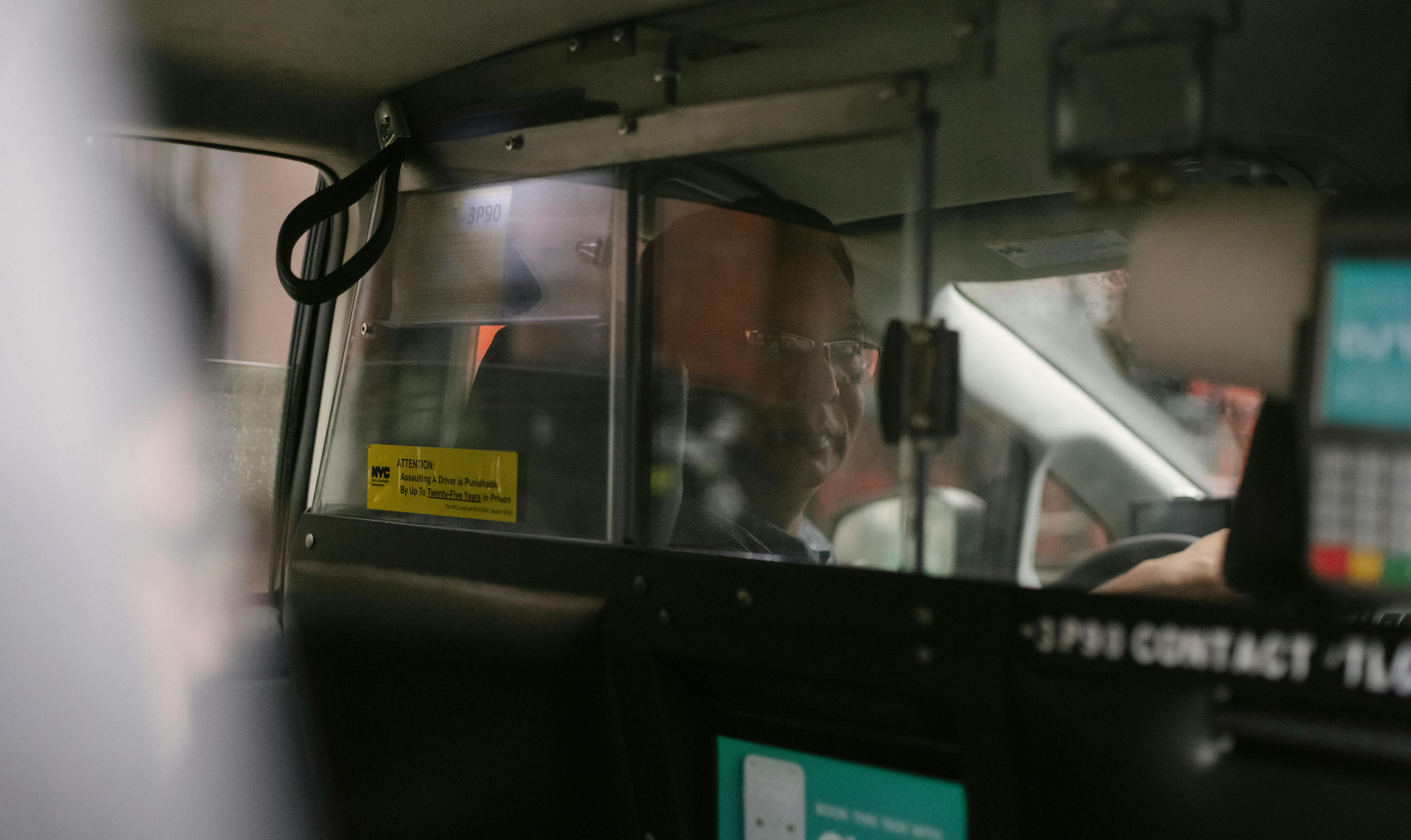The Mercedes 170 S (1949 – 1955)
Today, in 2012, very few people have any idea what a Mercedes 170 S is all about. Most of them have never even seen one. If asked, they might consider it part of the modern A-Class series and when faced with the fact that a 1.7L car with a top speed of 65 mph (105 km/h) was once considered the Ultimate in German luxury engineering. They have understandable difficulty believing that.
So let’s dive a little into Mercedes’ post-war history and take a look at what made this strange car so special. In the late 1940s, when this car was launched in Germany, times were very different. And not only in Germany. It was a similar situation throughout Europe. Human resources were abundantly available, but there was an acute shortage of raw materials, machinery, tools and, above all, money. Therefore, most car manufacturers in Europe tried to release cars that were already available before the Second World War or that were slightly improved to make them look, at least from the outside, somewhat more modern. Technically, they were all just copies of what was already available ten years earlier.
The first Mercedes after the war was no different. Launched in 1947, the first “new” Mercedes was called the 170 V. It was a direct copy of what Daimler-Benz had introduced as early as 1936. By the late 1940s, people had gotten a bit tired of performance cars. before the war and wanted something different. . But since money was still tight, Daimler-Benz used a slightly larger body than the 170V, but also very similar to the cars released before the war.
The engine was upgraded from 38hp to 52hp and the car was launched as the Mercedes 170 S, “S” standing for “super”. Prices started in 1949 at 10,100.- DM ($2,400.- at current exchange rates). It meant that very few could afford the car. For the first time in Mercedes history: a four-cylinder car for the rich and famous. In the US, that kind of money would buy you a Packard eight-cylinder. Neither 170 V or S car would have found a buyer in North America. But if Daimler-Benz had tried to sell the Mercedes 170 S to potential American customers, there would still have been no dealer to take on such a task. That came just a few years later.
But at least in Germany, the car played its role surprisingly well. One of the reasons was, of course, that the competition had nothing better to offer. General Motors subsidiary Opel had the prestigious and well-received Kapit six-cylinder, which was priced around the same level. But that was it, no other manufacturer, at least in Germany, had a car that could compete with the four-cylinder Mercedes 170 S. In typical Mercedes tradition, its build quality, road holding and image were second to none and those three factors were the very foundation on which Daimler-Benz slowly began to rebuild its road to recovery.
The icing on the (image) cake was the introduction of two elegant convertibles, the two-seater Cabriolet A and the four-seater Cabriolet B. The interiors of both cabriolets were more elaborately finished than that of the sedan. In typical Mercedes fashion, they were also priced to make them the most expensive German cars money could buy. Though very few could afford it, and even if Daimler-Benz probably couldn’t make any money off these handcrafted beauties, image-wise they were unbeatable.
When production of the Mercedes 170 S was finally stopped in 1955, the car looked with its 1930s-style fenders like a vintage pelican compared to more modern Ponton limousines, and very few still wanted to buy the car. But along with its predecessor, the 170 V, this car was in the history of Mercedes a crucial first step in the company’s subsequent dominance of the luxury car market.
